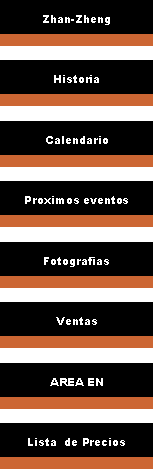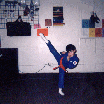|
Developing
a successful Web site requires thinking strategically about a few key issues.
First, determine the purpose of the site. For example, is it a public relations
tool, an information clearinghouse, or a direct channel for selling products?
Next, determine the target audience for the site. Select a style and tone
of writing based on your purpose and audience. Be sure to use energetic
language to catch your readers' attention.
Previously
printed brochures, newsletters, and other marketing materials are a great
source of information for your site. Be sure to select material that is
still relevant to your readers. A Web site can be ideal for displaying
information typically hard for your customers or members to find. Consider
looking at Web sites of competitors or similar organizations to spark ideas.
One way to
organize your content is to separate items that change infrequently from
items that require frequent updating. For example, group together a summary
of the organization, core products or services, and location information
separately from new product offerings, special offers, press releases,
and upcoming events. Organizing information in this way enables you to
easily update sections needing frequent revision and also helps readers
quickly find the information they desire.
Using graphics
and photos can add vitality to your site. But keep in mind they require
significantly more memory than text, which means they will take longer
to download. When you've finished creating your site, run the Design Checker
to make sure the site downloads quickly and to catch problems with page
design.
Area en Construccion |
|


